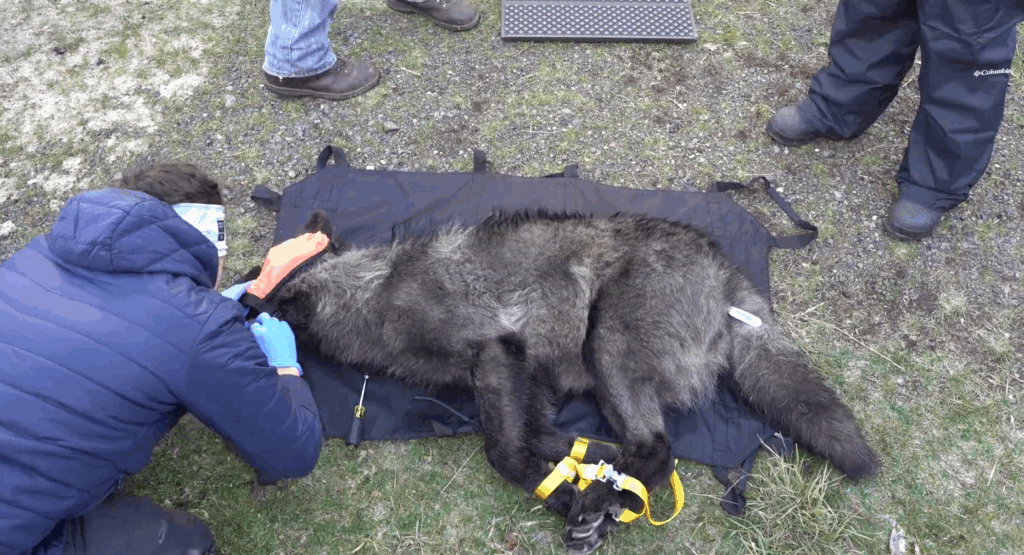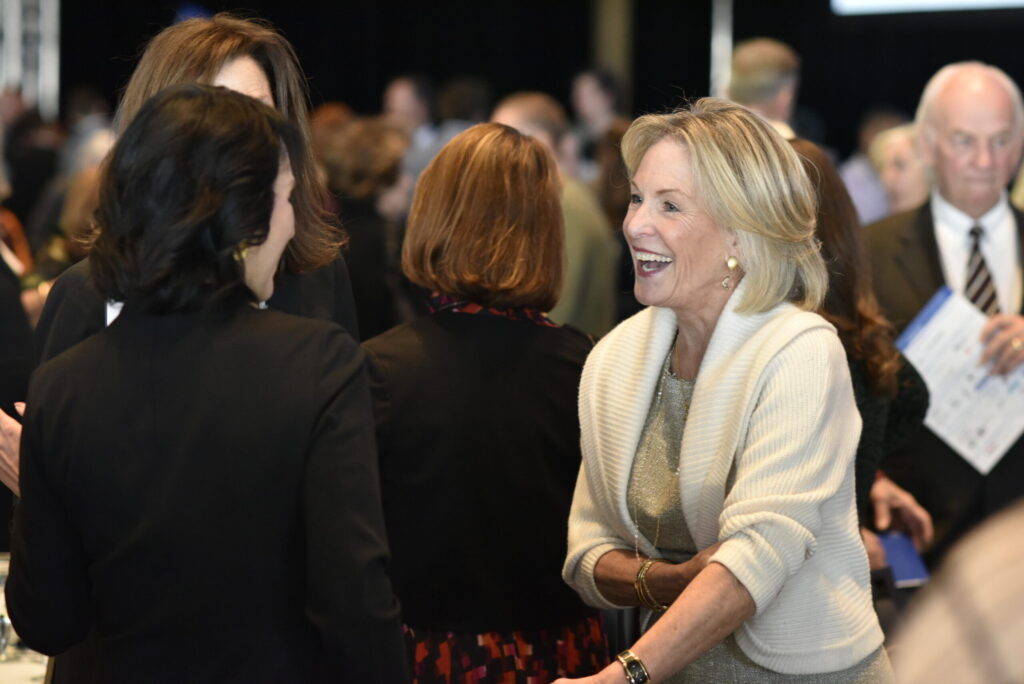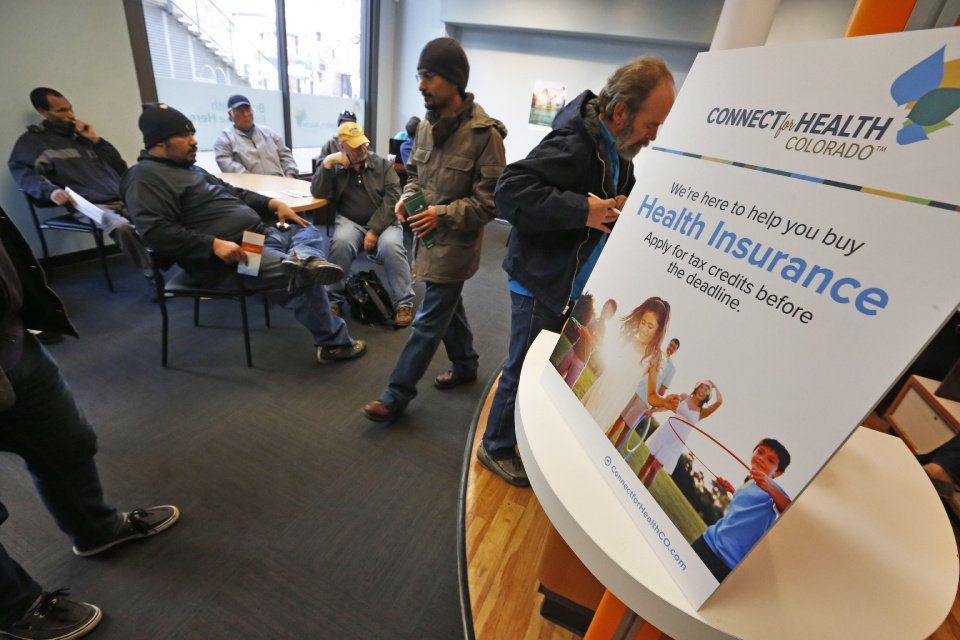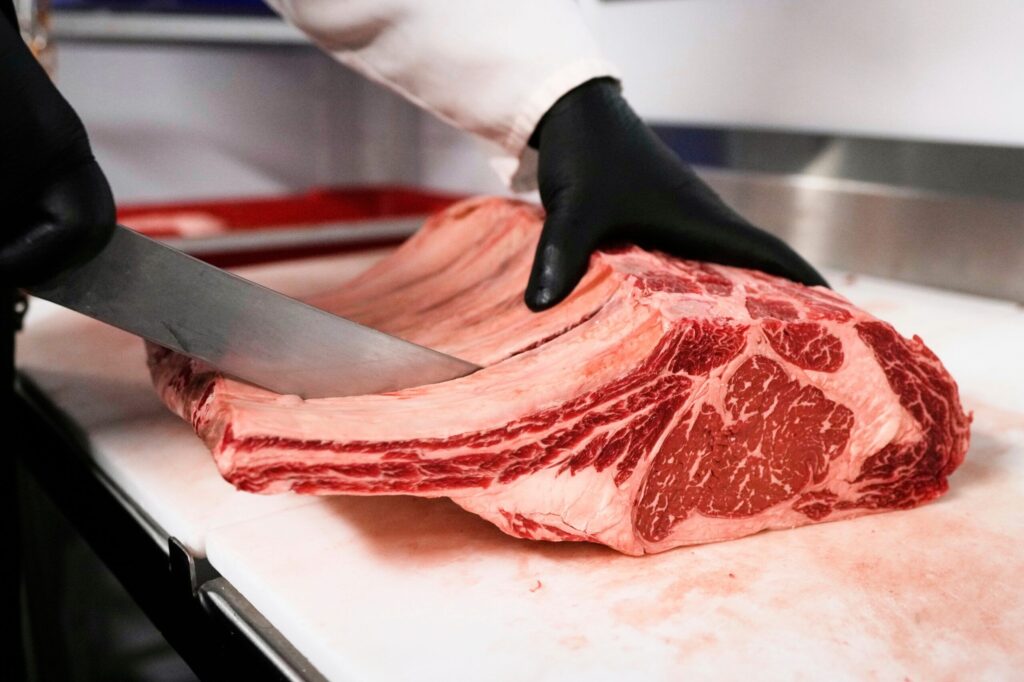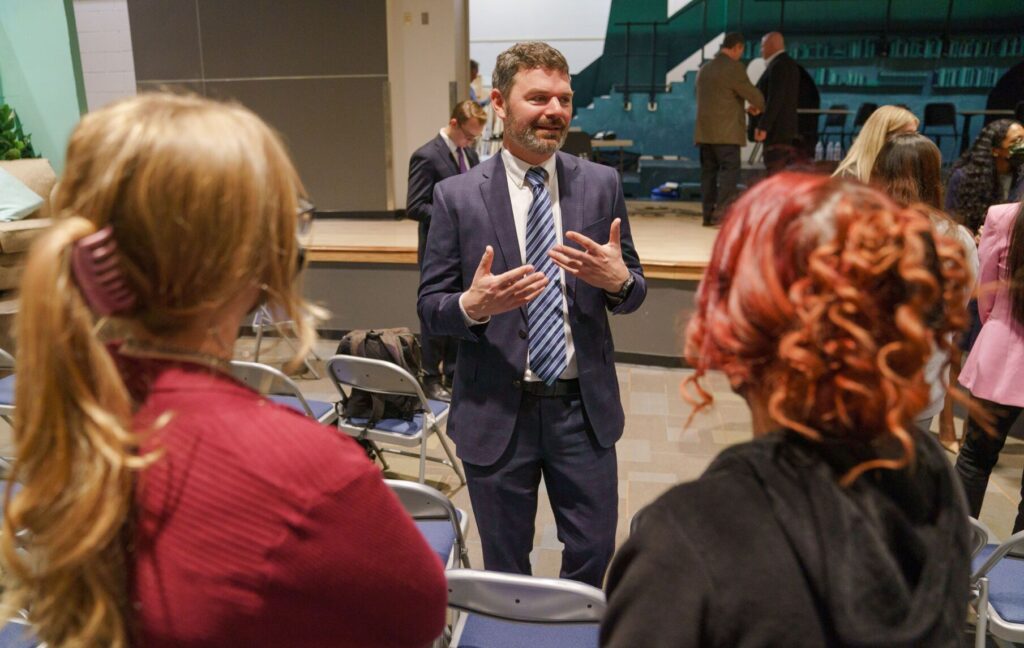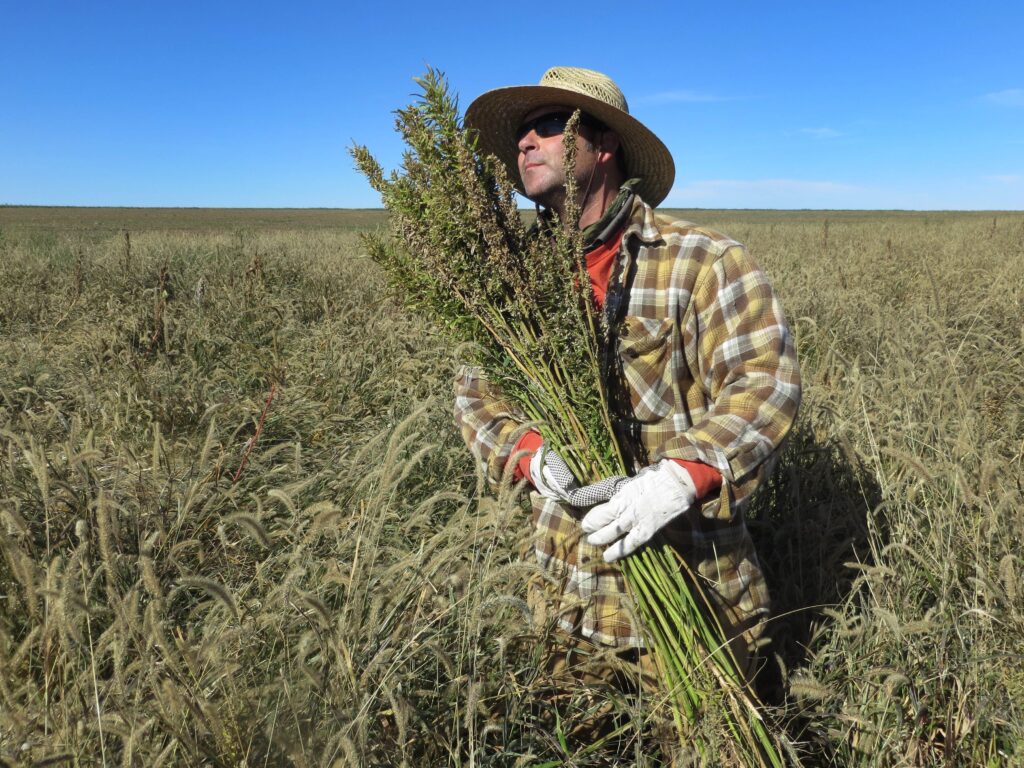The state water plan hits its cotton anniversary, amidst falling revenues for its projects
Cotton is the symbol for the second anniversary: According to one website, cotton is both a symbol of increasing strength and an ability to adapt.
That seems an appropriate way to describe Colorado’s water plan, which this week hit its second anniversary.
The plan, under the oversight of the Colorado Water Conservation Board (CWCB), is making progress on its goals, but at the same time faces an uncertain future with its funding.
The water plan was announced to great fanfare by Gov. John Hickenlooper on Nov. 19, 2015. The plan was more than two years in the making, and the governor in 2013 hoped it would produce “a roadmap that would put the state and its eight major river basins on a more collaborative and cooperative path to manage our water in the face of constrained supplies and growing population.”
Colorado expects a major population increase between 2013 and 2050. With 100,000 people moving to the state every year, the state could see a doubling in its residents from five to as much as 10 million in a little more than 35 years.
The water plan estimates the cost of handling the water needs for another three to five million people at roughly $30 billion. Much of that cost is expected to be born by water providers and utilities, but the state has its obligations, too; the water plan calls for a state investment of $3 billion, at about $100 million per year for 30 years, beginning in 2020.
Under that dollar sign is the real issue: an expected shortage of around one million acre-feet of water per year by 2050. One acre-foot is about 326,000 gallons of water, or the amount used by two families of four in an average year. That shortage covers people as well as gaps for recreational, environmental and agricultural water users.
The 567-page plan sets nine goals, but its biggest focus is for a subset: conservation and storage, with agricultural sharing and water recycling further down the list. The conservation goal asks for savings of 400,000 acre-feet of water, most of it to be born by municipal water providers and their customers. Storage needs hit the same number – 400,000 acre-feet – a gap that is most likely to be handled by water providers through new or expanded storage projects, such as those currently in the works in the Northern Front Range: the Windy Gap Firming Project, scheduled to break ground for a new reservoir near Loveland in 2019, and the Northern Integrated Supply Project, which is planning new reservoirs on the Poudre and South Platte rivers.
Now that the water plan has hit its two-year anniversary, what kind of progress has the water plan made? It depends on who you ask. Those who favor more storage, particularly in northern and northeastern Colorado, claim not enough money is being devoted to increasing storage capacity. Those who favor environmental goals say not enough money is being spent in that area, either.
According to a draft implementation update that is likely to become public in December, the water plan has made significant progress in the past year. That includes:
-Water plan grants to begin addressing the supply-demand gap: $2 million was set aside from a $10 million appropriation from the General Assembly in 2017 to pay for nine water plan grants, which the draft update said would reduce the municipal/industrial water supply gap by 48,000 acre-feet.
-Integrated water resource planning, part of the conservation goal: 22 water providers have submitted water efficiency plans to the CWCB, with 18 approved and 4 in review. These plans allow water providers to set local goals on indoor and outdoor conservation activities, including incentives, regulations, education and pricing mechanism. The CWCB has so far awarded more than $800,000 in grants for conservation planning and public education.
-$1 million (out of the $10 million for the water plan) to conservation and land use activities, drought planning, water meter replacements and projects to reduce water loss.
-The water plan sets an objective that by 2050, 75 percent of Coloradans will live in communities that have incorporated water-saving activities into land-use planning. The draft implementation report notes that the CWCB has teamed up with other organizations and state agencies to train more than 300 participants on how to integrate water and land-use planning.
-The water plan sets a goal of finding 50,000 acre-feet of water through agricultural sharing. In the past two years, the draft implementation report said, the CWCB and its partners have worked on education and assistance programs for farmers and ranchers that will promote water sharing, as well as $1 million for grant and loan programs that would improve aging agricultural infrastructure or other water efficiency projects.
-Under the goal of increasing water storage, the draft report notes a study underway to investigate storage possibilities along the South Platte, primarily near Sterling. The results of that study are expected next month.
-Another $3 million funds water projects that will lead to the development of additional storage, according to the draft implementation report. That includes recharging water into aquifers and expanding existing reservoirs to provide more storage.
The water plan’s goals for the environment include improving watershed health and water quality. According to the water plan, a watershed is “an area of land in which all water drains to a common point. Watersheds exist at all spatial scales, from the tiniest of tributaries to the largest rivers on earth.” The water plan’s objective for watersheds is that 80 percent would be covered with protection plans by 2030. What that looks like: the CWCB has spent $92,000 to reduce the sediment load in Bear Creek, in Jefferson County, for example. Another $900,000 has been granted to 19 projects throughout the state to support stream management plans that will improve stream health.
Environmental projects also can enhance recreational projects, according to the water plan. In the past two years, the CWCB has paid for design, construction and repair of whitewater parks in Durango and Lyons and worked on water rights disputes hat could enhance boating activities.
One of the organizations that has worked with the CWCB on water projects is Western Resource Advocates. Drew Beckwith, water policy manager, told Colorado Politics recently that the state has made good progress in the first two years, and that $10 million per year is “a sound start.”
The problem and urgency, as Beckwith sees it, is how to meet clean, safe and reliable drinking water standards and protect rivers. “We have to pick up the pace” to protect clean drinking water and preserve Colorado’s agricultural heritage, he said.
Beckwith said he would like to see the state “equitably fund all of the plan’s strategies,” noting that the state has put more money into storage projects than for water conservation, land use and river-friendly projects. Storage projects have other sources of funding, he said. “Fish can’t write checks.”
Becky Mitchell took over the reins at the CWCB during the summer. She told Colorado Politics that the water plan has made progress on some of the plan’s identified goals. “Are there areas where we can move quicker? Yes, but it’s important to recognize” that the CWCB and its partners have been making progress on the more than 200 actions set up in the plan. “We really needed to look at where we’ve had successes in the past two years as we develop our plan to move forward,” Mitchell said.
But back to the analogy about cotton and two-year anniversaries: that ability to be flexible will test the CWCB and the water plan in the coming years, and it’s all about the money.
During a CWCB board meeting last week, Kirk Russell, who heads up the agency’s finance section, warned that the severance taxes that have funded some of the water plan’s projects are likely to be drastically reduced in the next few years. The CWCB had been able to tap into about $38 million per year in severance taxes for the last five to eight years, but those revenues have dropped off sharply, to about $1 million per month for the first three to four months of the 2017-18 fiscal year. It raises the question of whether the CWCB will be able to continue funding its projects, including the water plan, at the same level. The CWCB had set a goal of asking for $25 million per year for three years to jump start the water plan and other projects traditionally handled by the CWCB.
Part of the cause for the drop-off in revenue, according to Bob Randall, who heads the Department of Natural Resources, is refunds being paid to oil and gas producers, the result of a lawsuit the state lost earlier this year to BP. Russell told CWCB members last week that they expect only 20 to 30 percent of the severance tax revenues that they’ve received in the past for CWCB projects.
With severance tax money drying up, the CWCB will have to look elsewhere for the estimated $3 billion the state is expected to kick in for the water plan. The draft implementation plan explains the state should start putting in $100 million per year, starting in 2020. But where to get the money? Among the ideas being floated: hikes in water tap fees, which is the cost of connecting a new home to a water/sewer line; a state sales tax specifically on water-related fixtures, a tax on soda containers; or a boost in the state’s sales tax for water infrastructure, similar to the idea contained in a transportation bill that failed during the 2017 session.



